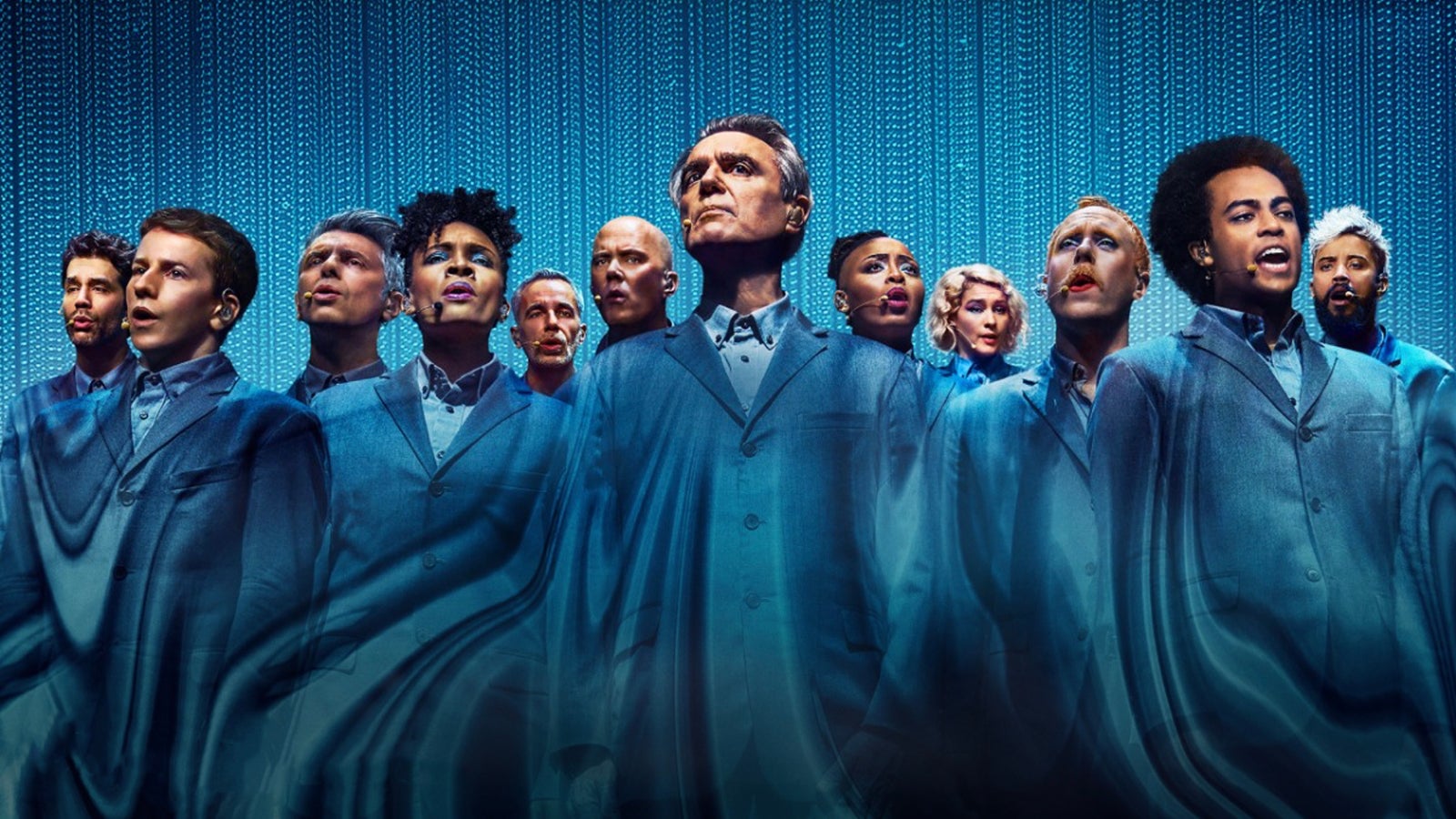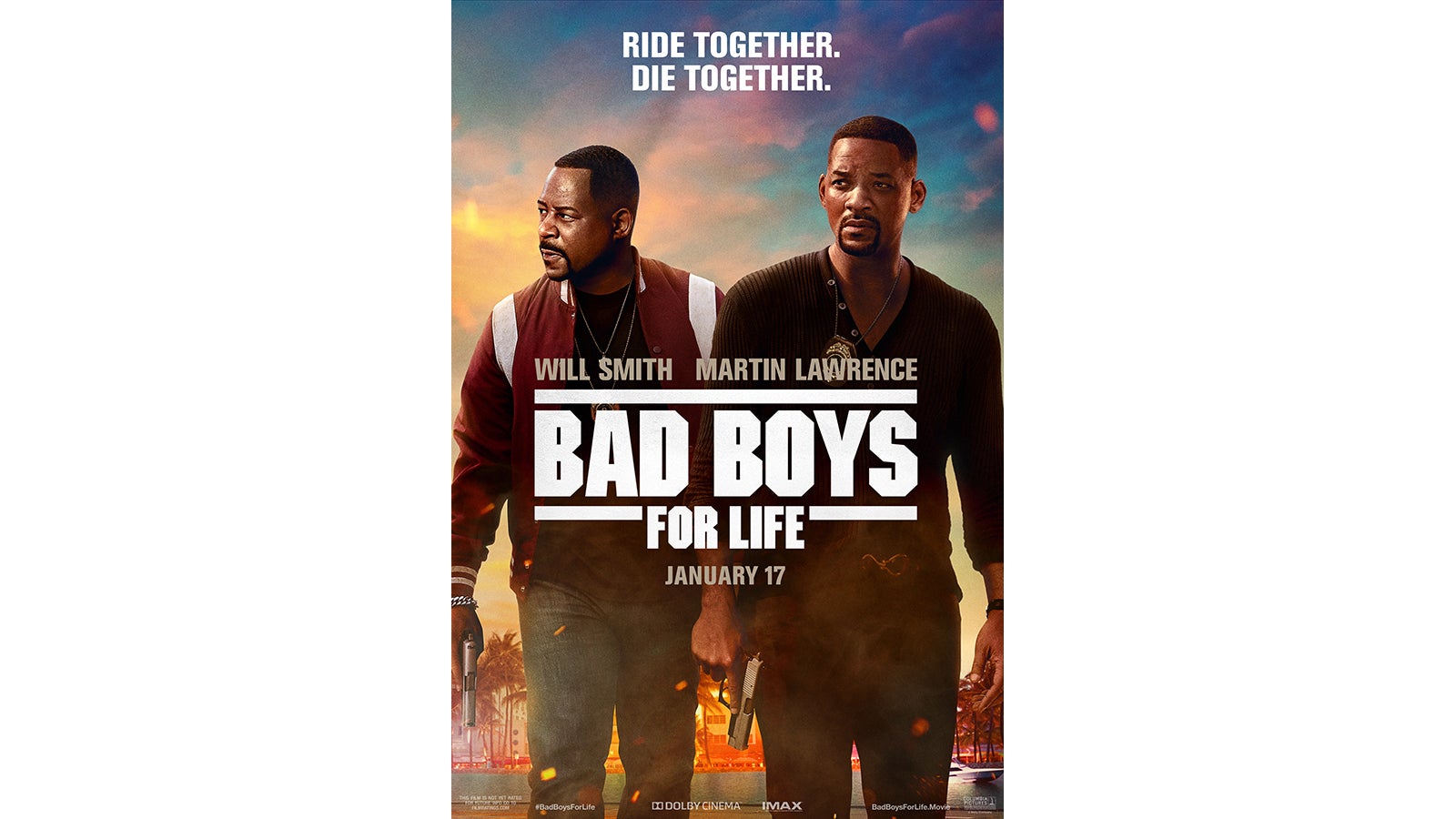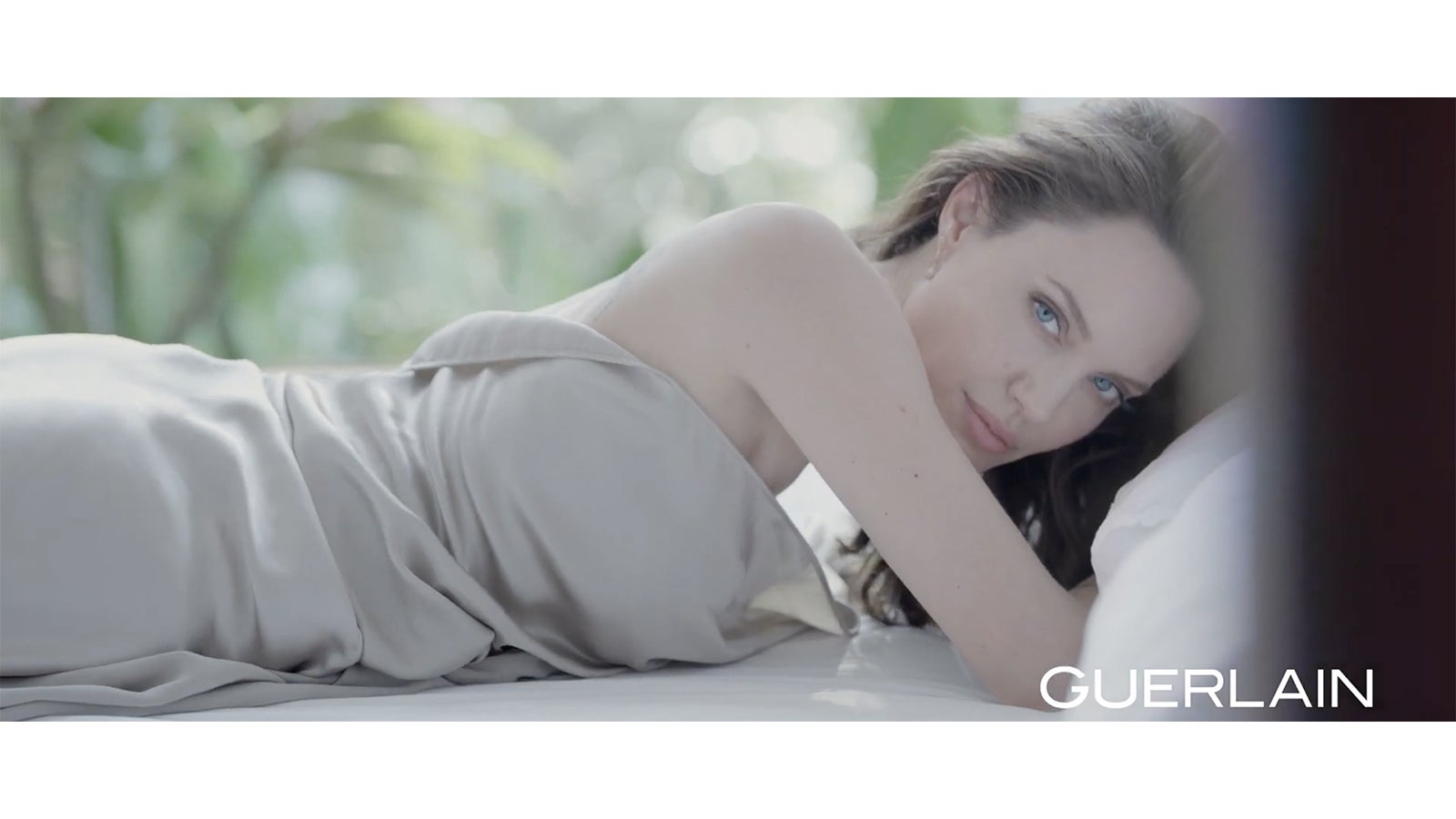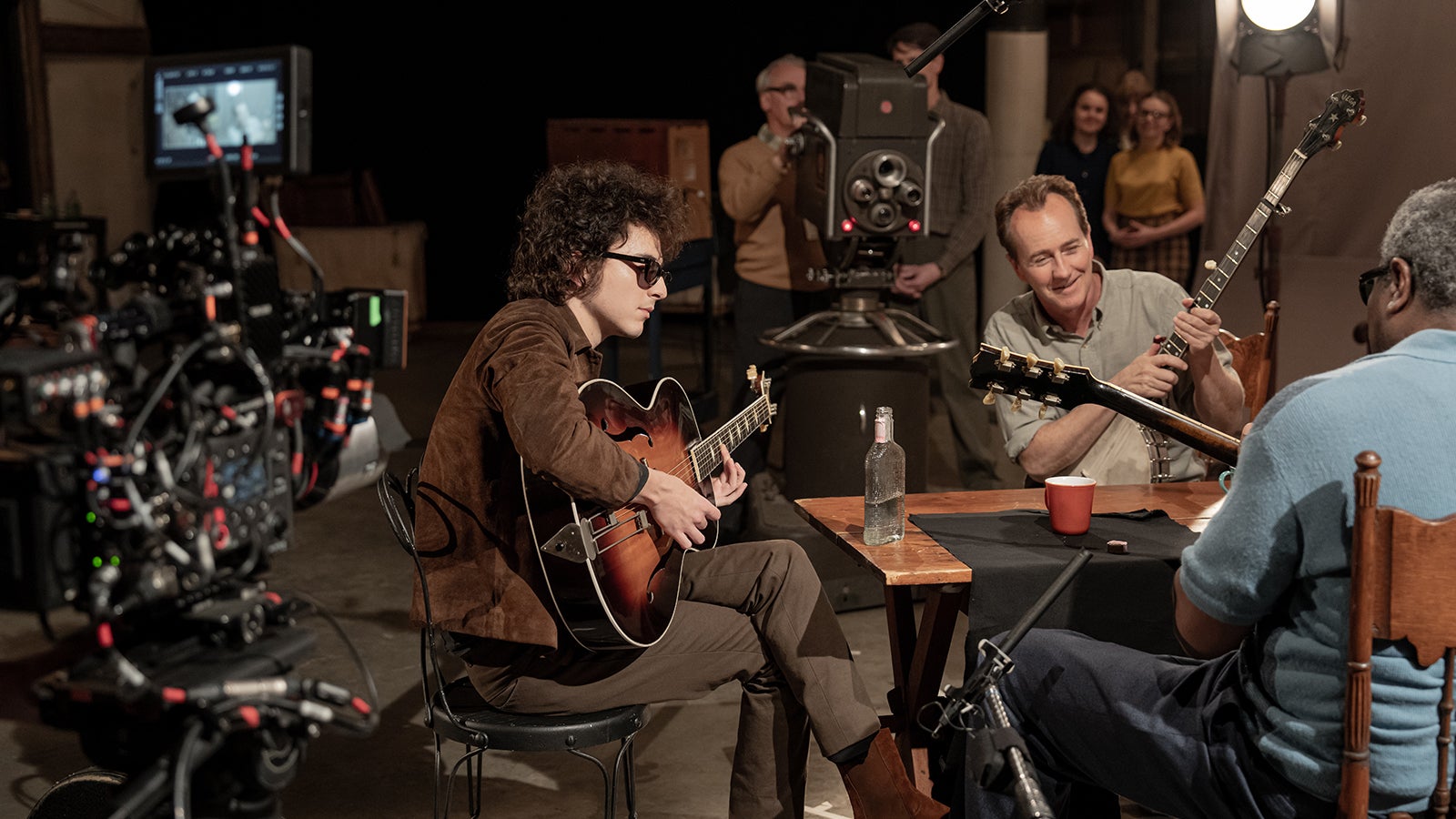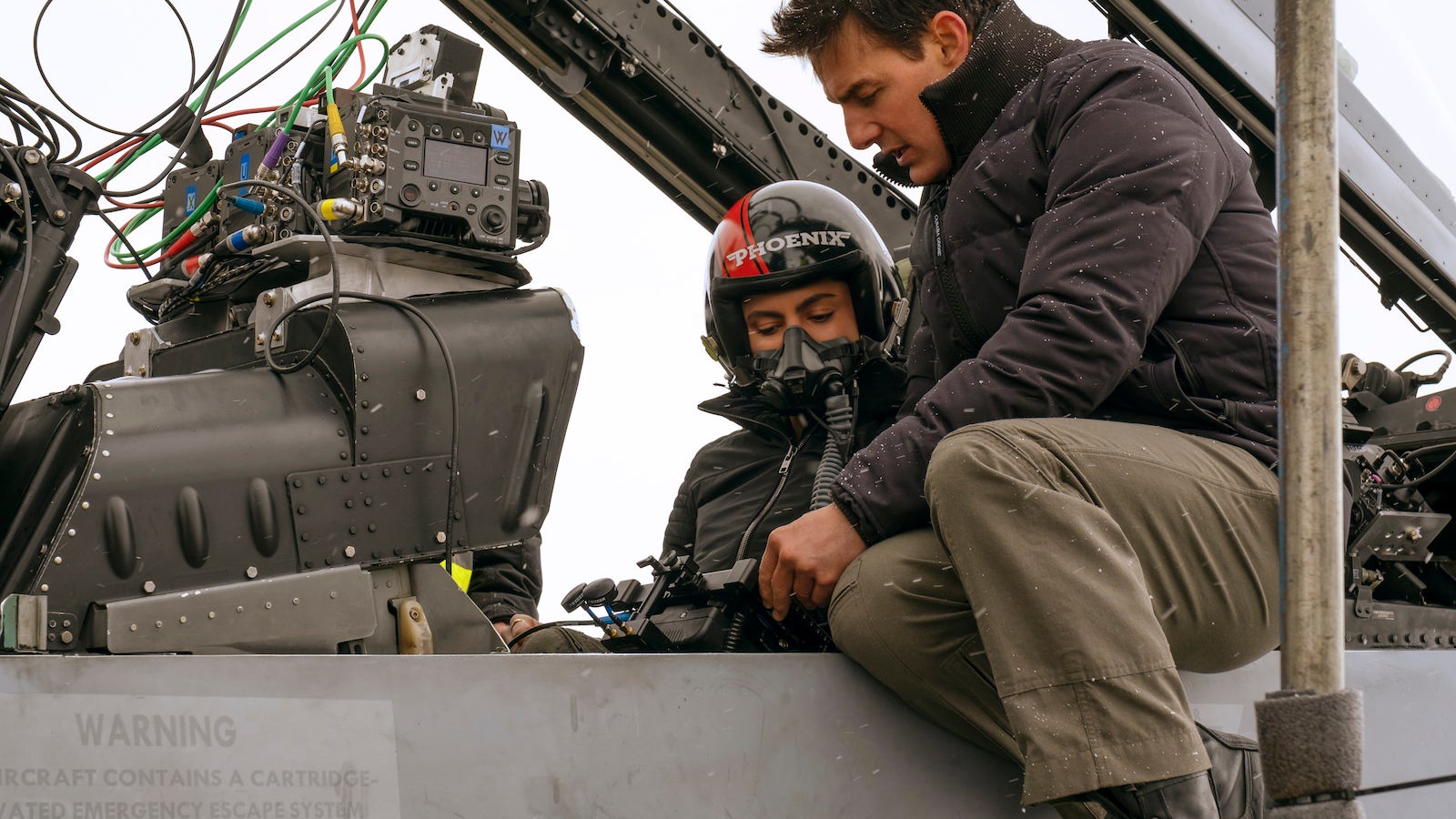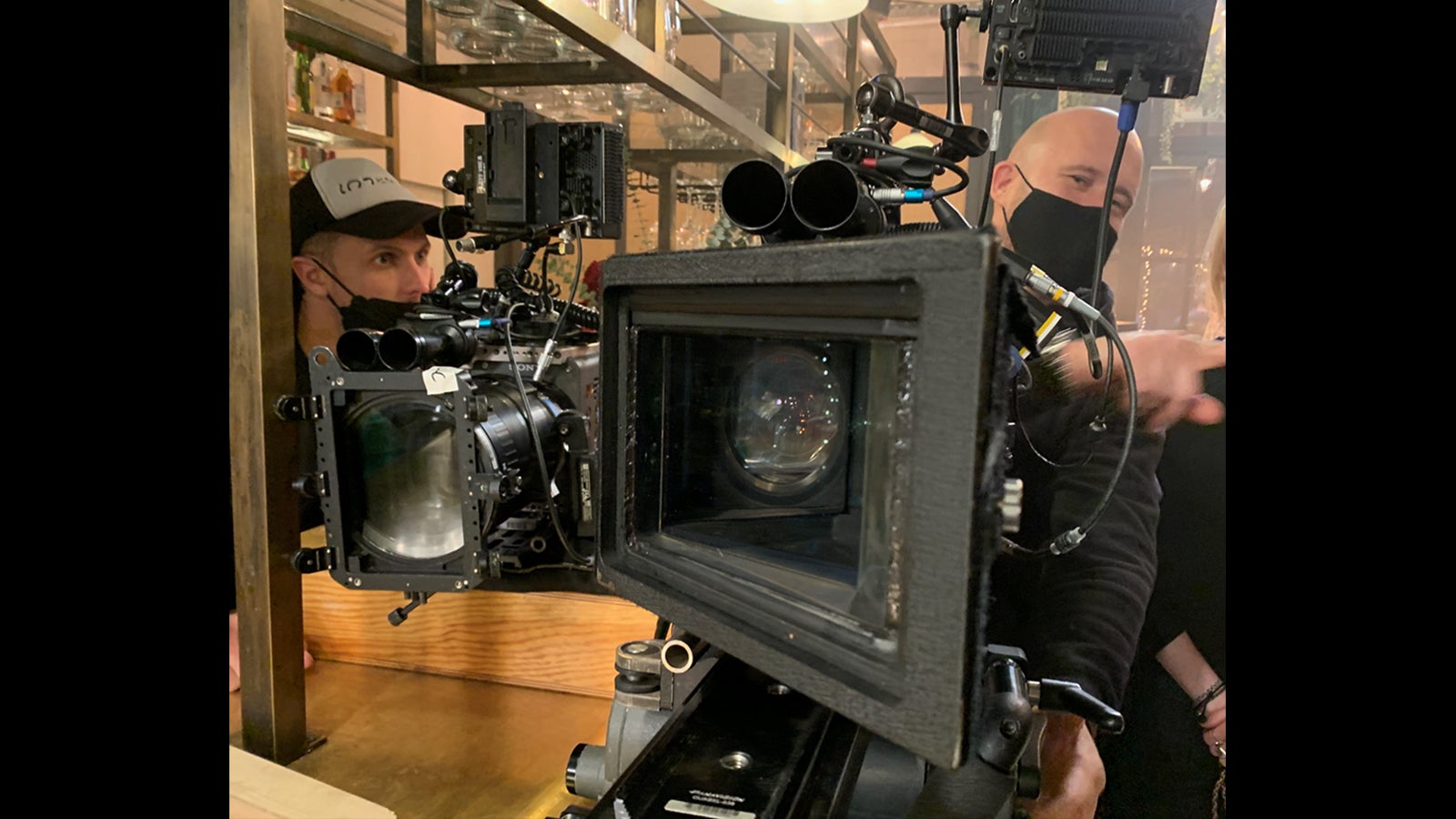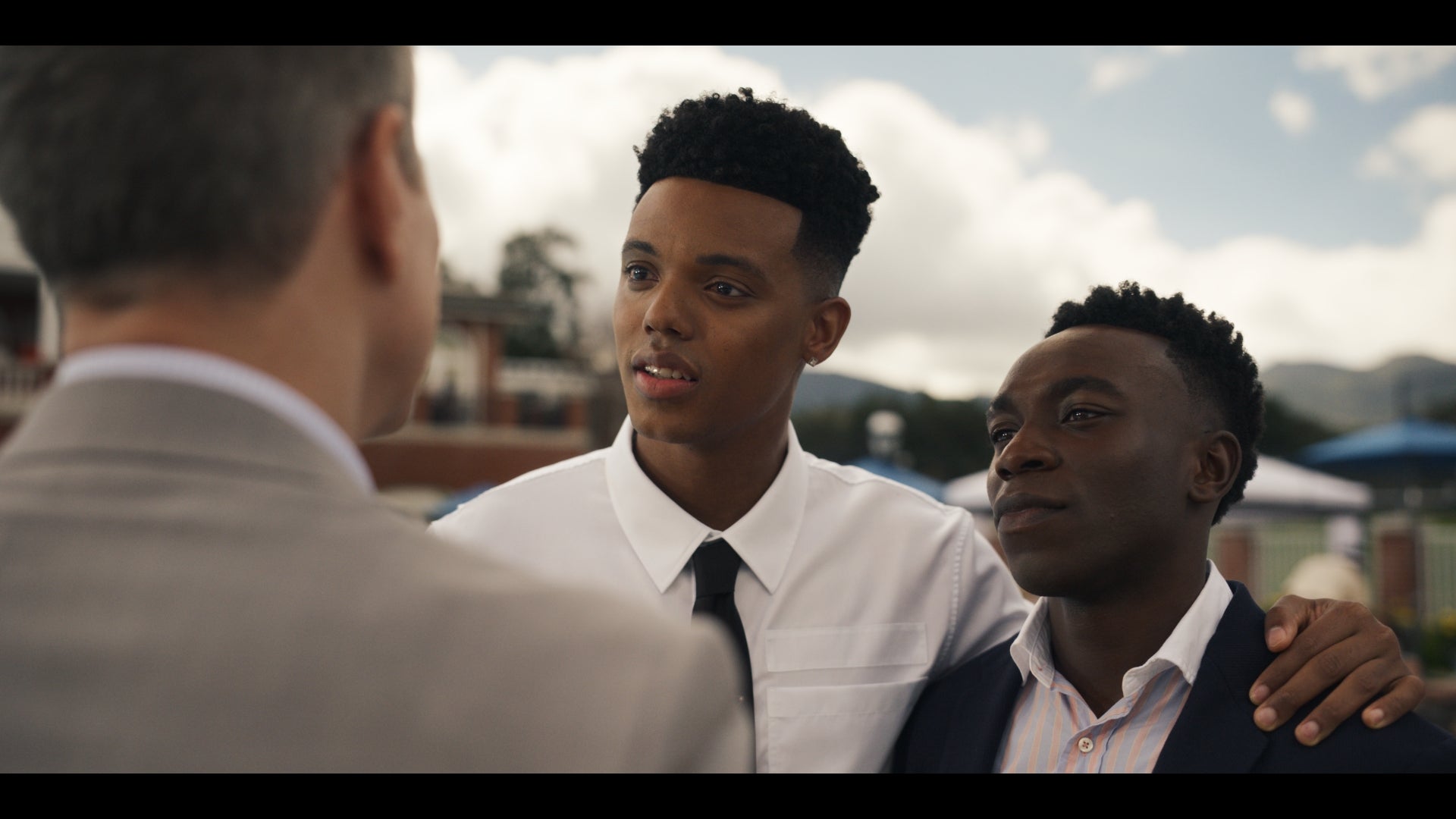
01-06-2025 - Filmmaker Interviews
Bel-Air Season 3 DP Evolves the Show with the Help of the Sony VENICE
By: Yaroslav Altunin
Bel-Air isn't The Fresh Prince of Bel-Air that your parents watched, but a new dramatic take where the complicated journey of Will is brought to life in a new light. Based on a short film by writer/director Morgan Cooper of the same name, the show now heads into a fourth season.
Ignited by a need for change, Season 3 saw a shift to a new camera and a new Director of Photography, elevating the series while building upon the previous seasons.
For Season 3, DP Andrew Strahorn was brought on give Bel-Air a new direction. Partnering with show colorist Douglas Delaney and DIT Tim Nagasawa, Strahorn chose the Sony VENICE as his creative companion.
Sony Cine sat down with all three to learn how they tackled a third season of the beloved show, what obstacles the team faced in production, and how the Sony VENICE became a secret weapon to overcome difficult challenges.
Capturing Diversity with VENICE
Bel-Air isn't just a modern reimagining of a beloved classic. It is a series that brings underrepresented actors into the spotlight and makes them shine. With a diverse cast, gorgeous costumes, and vibrant set pieces dripping with luxury, Strahorn's challenge was finding a balance between light and color.
"We have a number of cast members that broadly have different reflectance levels of the skin and pigment that can range from a stop under 18% gray to two and a half, two and three-quarters stops under," Strahorn added. "And I think the Sony VENICE was really built for this type of show."
"It's a very 'dynamic range' of exposure and latitude needed in those areas to sustain that detail."
A first for the show, Strahorn brought on a DIT for the third season, Tim Nagasawa, to support his workflow. The duo worked closely with Delaney to fine-tune an image pipeline that elevated the cast and environments of the show.
"The challenge with shooting a show such as this is that you have these beautiful pastel environments and sets, and they're very opulent," Strahorn said. "You're trying to make the actors look dignified, and Doug was a great helping hand in guiding me through that."
"The strongest element of the VENICE that I see is the renditions of various color temperatures, particularly when you start getting into that world where you might be between five or six o'clock, and your color temperature outside might suddenly go from 6300 to 8300."
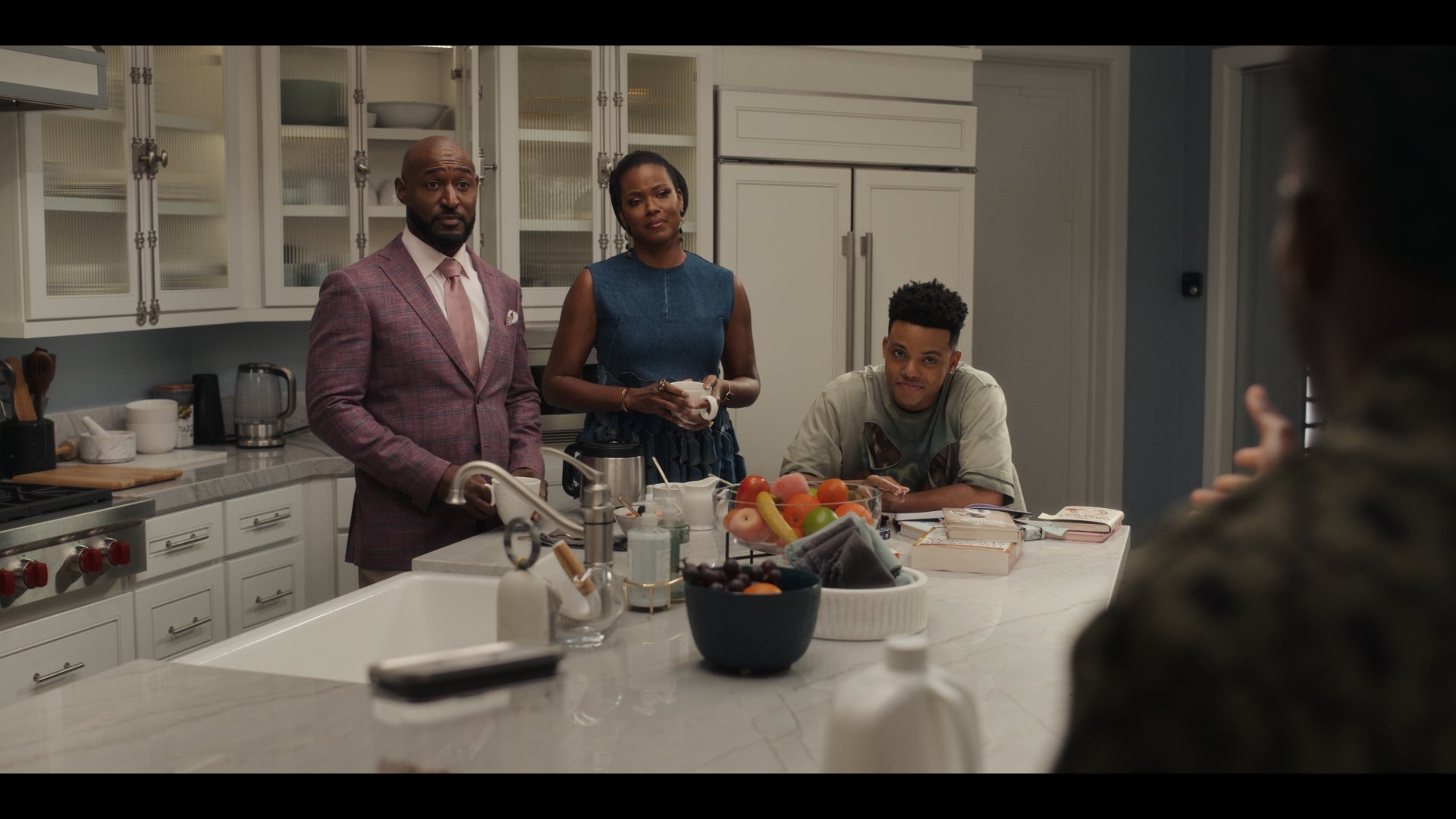
Even when mixing practical and studio lighting, the feature set of VENICE and its sensor, maintained clean exposure and color accuracy, allowing for more creativity on set.
"Everything we shot was 2500 ISO," Nagasawa said. "It's a great tool to balance practicals. They do the heavy lifting, and we just supplement it with our own studio lights. It was a great tool, especially with the tones and color palettes that we were presented with."
"The production designer, the costumes, hair and makeup, everything was all a very diverse color palette, mostly staying away from primary colors and mostly doing complimentary. So, it was great to have that tool to really be able to dig into all those colors."
Where Strahorn and his team really saw the VENICE shine was in its codec. The first two seasons of Bel-Air were shot in ProRes 4444, and Season 3 couldn't stray too far from those early requirements. By relying on X-OCN LT, Nagasawa and Delaney found that they were able to keep their image pipeline lean and get all the color and exposure data they needed.
"I think people are a little scared of the LT (because of the compression)," Nagasawa said. "But it worked great for our purposes."
"We still had to fit within a container that (the production) budgeted for, and season three has an even smaller budget," Nagasawa continued. "Across the board, we had to shrink everything. We couldn't bring in a camera with more data and bigger files. And we came in under budget and post was happy with everything."
The power of X-OCN LT became apparent when Strahorn and Nagasawa delivered the footage to Delaney, who didn't even notice the codec choice. The colorist found that he could key and push the footage wherever it needed to go without introducing noise.
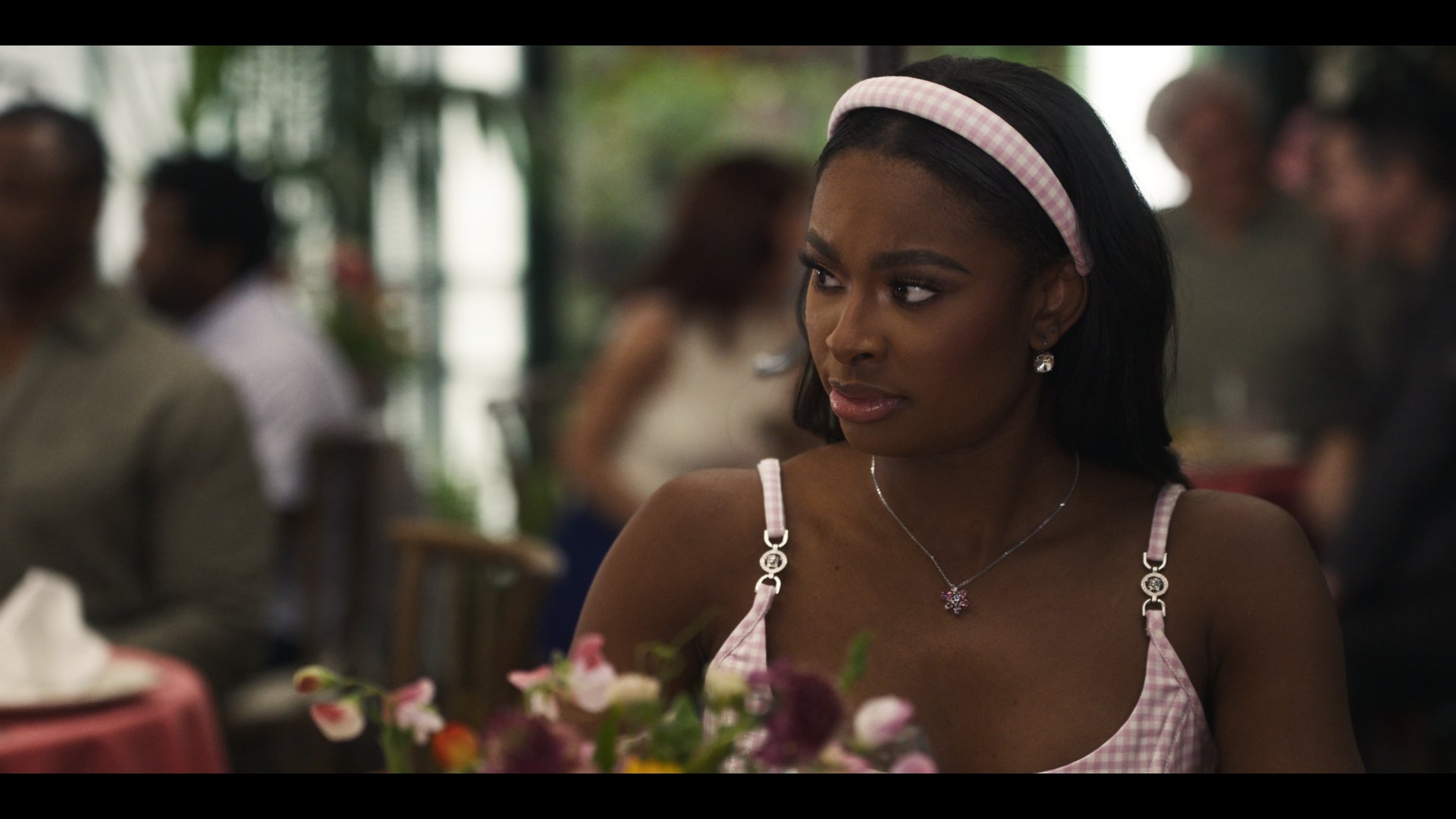
The Creative Collaboration of Bel-Air Season 3
With a reduced budget and a need to evolve the show, the Sony VENICE became more than a creative tool. It allowed the new DP and DIT to better communicate intent with the colorist, all while coming under budget and maintaining room for new creative opportunities.
"One difference in (Season 3) is I changed the workflow from working off a camera Quicktime to the X-OCN," Delaney said. "I prefer to work off the RAW so we're not doing multiple debayers or resizes."
"As a finishing colorist, I really appreciate the work of a DIT and the process," Delaney continued. "I'm checking dailies constantly when I'm starting my grade. I’m able to be very cognizant of general exposure and color temperature and tint and shadows. I don't want to undo any of that environmental work that they're doing. So, on a show that has a DIT, especially this one, that intentionality is very clear."
"My primary goal is always to respect all of the efforts done in front of the lens. My job is to refine and augment and to contribute when necessary."
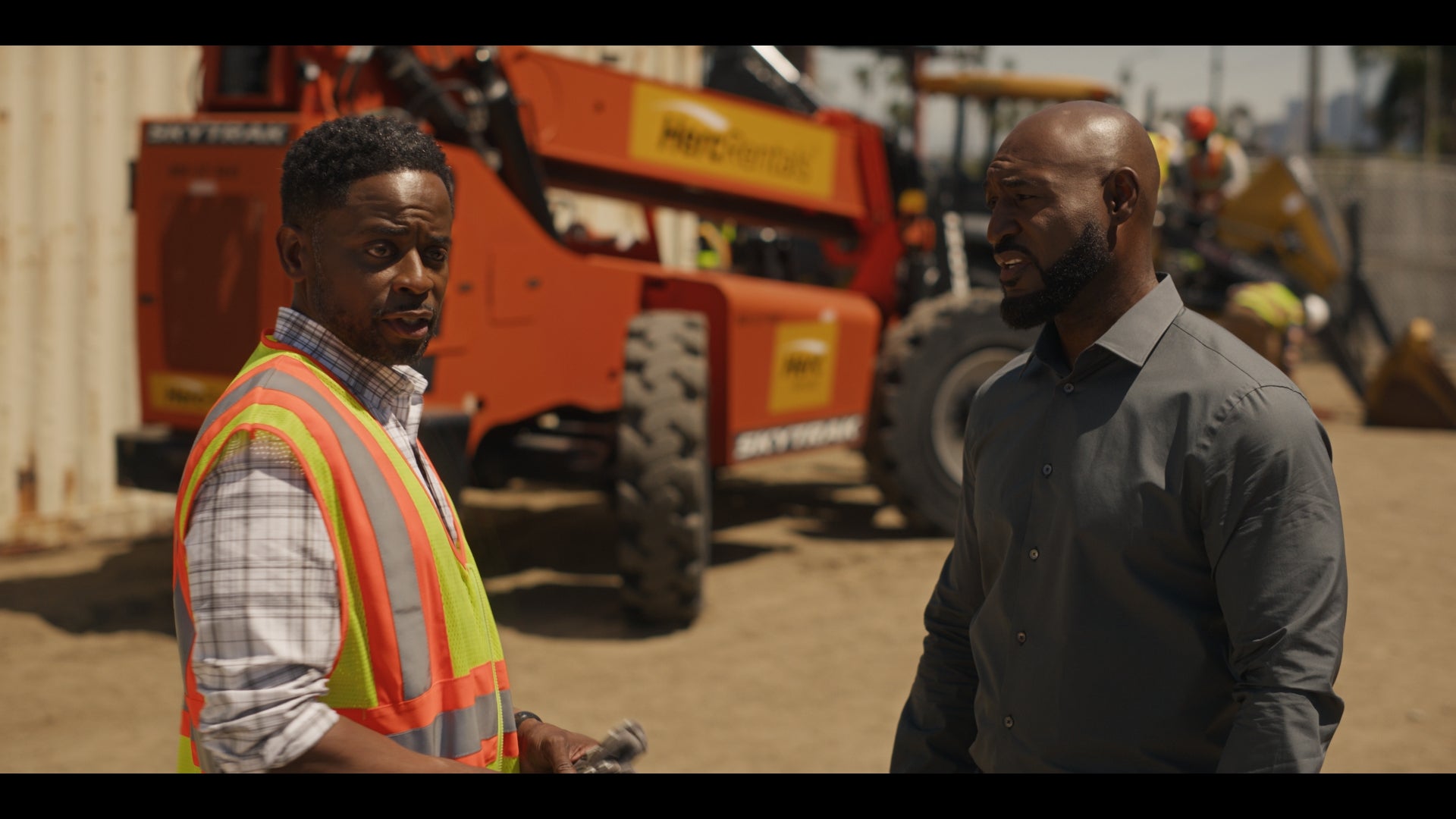
This collaboration between DP, DIT, colorist, and camera came to a point on the finale of Season 3. As the production neared the final episode, Strahorn and his team found they had one day less to shoot an extravagant set piece to wrap up the season. In addition, the environment posed unique lighting challenges.
"There's a clarity and a cleanliness to the life that we were trying to recreate for a wedding," Strahorn said. "We were in a vineyard-type house with pastel interiors with white dresses and black and white tuxes, shooting interior to exterior, and balancing those interiors and exteriors with the skin tones that we had and moving the camera in a way that is organic."
"Then we had to shoot the whole family outside the house, which was painted white, wearing tuxes and pristine white shirts up against the white house. That was a challenge to render that environment naturally."
"That's a testament to the VENICE."
Even with a new camera system and an additional crew member, Strahorn achieved the wonderful imagery and creative exploration that Season 3 of Bel-Air needed. Despite the limitations and challenges, the cinematographer only found creative opportunities.
To see how the Sony VENICE operates in the feature filmmaking space, check out this article: How DP Santiago Gonzalez Captured Freedom with The Sony VENICE on Los Frikis
